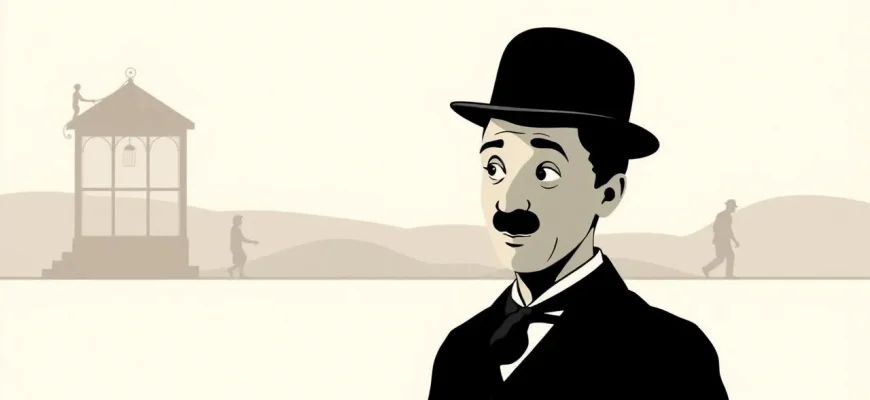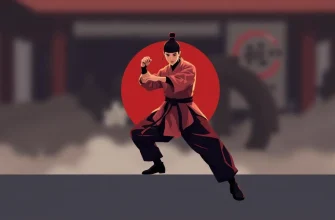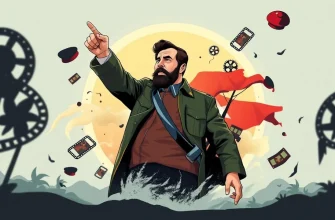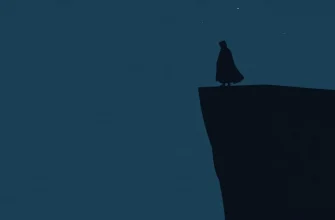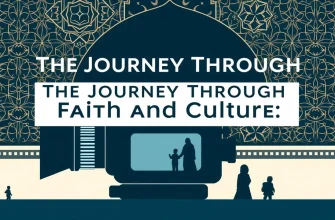Charlie Chaplin, known for his iconic Tramp character, was not just a master of comedy but also a profound storyteller in the realm of drama. This collection of 10 films delves into the dramatic side of Chaplin's work, offering viewers a chance to see his versatility and depth as an artist. Each film in this list provides a unique perspective on human emotions, societal issues, and the timeless themes of love, loss, and redemption, making it an invaluable watch for anyone interested in the art of cinema.
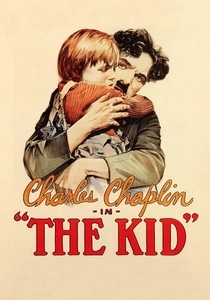
The Kid (1921)
Description: This film marks Chaplin's first full-length feature where he combines comedy with poignant drama. It tells the story of The Tramp who adopts an abandoned child, exploring themes of fatherhood and the bond between parent and child.
Fact: The Kid was the first film to be released by United Artists, a company co-founded by Chaplin. It also features Jackie Coogan, who later became famous for playing Uncle Fester in "The Addams Family."
 Watch Now
Watch Now 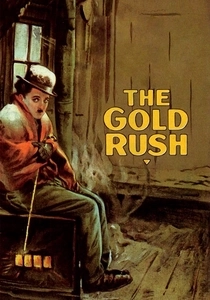
The Gold Rush (1925)
Description: This film combines comedy with the dramatic elements of the Klondike Gold Rush, where The Tramp faces hunger, love, and the harsh realities of the gold-seeking adventure.
Fact: The Gold Rush was re-released in 1942 with a new soundtrack and some scenes reshot, making it one of the first films to be re-released in this manner.
 Watch Now
Watch Now 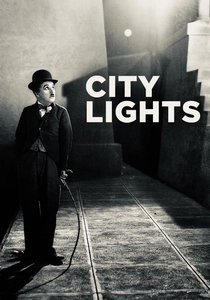
City Lights (1931)
Description: A blend of comedy and drama, this film showcases Chaplin's ability to evoke deep emotions through the story of a Tramp who falls in love with a blind flower girl, striving to help her regain her sight.
Fact: Despite being released in the sound era, Chaplin chose to keep the film silent, believing that sound would detract from the universal appeal of his visual storytelling.
 Watch Now
Watch Now 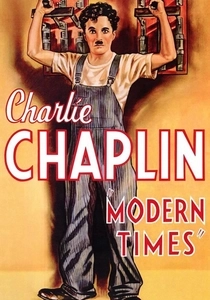
Modern Times (1936)
Description: This film is a critique of industrialization and its impact on the working class, with Chaplin's Tramp character caught in the gears of a dehumanizing factory system.
Fact: Modern Times was Chaplin's last silent feature film, and it includes his first spoken words on screen, albeit in gibberish.
 Watch Now
Watch Now 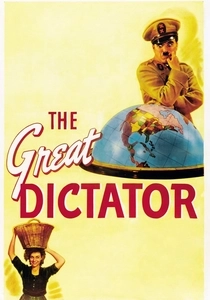
The Great Dictator (1940)
Description: A satirical take on Hitler and fascism, this film allowed Chaplin to express his political views through the character of a Jewish barber mistaken for a dictator.
Fact: The film was controversial at the time of its release, with some countries banning it due to its political content. Chaplin's final speech in the film is often cited as one of the greatest speeches in cinema.
 Watch Now
Watch Now 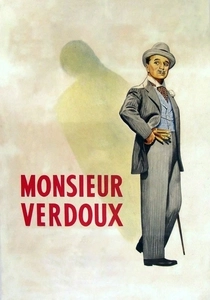
Monsieur Verdoux (1947)
Description: A dark comedy-drama where Chaplin plays a charming but murderous bigamist, offering a critique on capitalism and the morality of the wealthy.
Fact: The film was inspired by the real-life story of Henri Désiré Landru, a French serial killer. It was also Chaplin's first film after returning to the United States following World War II.
 Watch Now
Watch Now 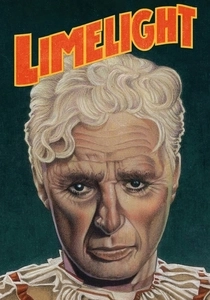
Limelight (1952)
Description: A semi-autobiographical film where Chaplin plays an aging comedian reflecting on his life and career, with themes of aging, nostalgia, and the passage of time.
Fact: Limelight was banned in the United States due to Chaplin's political views, but it won an Academy Award for Best Original Score.
 Watch Now
Watch Now 
A King in New York (1957)
Description: This film satirizes McCarthyism and the Red Scare, with Chaplin portraying a dethroned monarch who becomes embroiled in American politics.
Fact: It was Chaplin's last film made in England, and it was not shown in the U.S. until 1973 due to his political exile.
 Watch Now
Watch Now 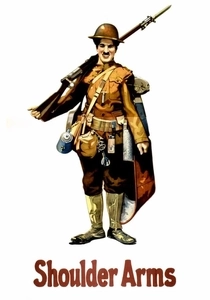
Shoulder Arms (1918)
Description: While primarily a comedy, this film also delves into the drama of World War I, with Chaplin's Tramp character serving in the army, showcasing the absurdity and tragedy of war.
Fact: Shoulder Arms was one of the first films to depict trench warfare, and it was made during the actual conflict, reflecting Chaplin's own experiences and views on war.
 Watch Now
Watch Now 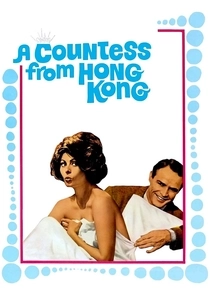
The Countess from Hong Kong (1967)
Description: A romantic comedy-drama about a Russian countess who stows away on a ship, leading to a love affair with a wealthy American diplomat.
Fact: This was Chaplin's final film, and it starred Marlon Brando and Sophia Loren. It was not well-received critically, but it remains an interesting piece of his later work.
 30 Days Free
30 Days Free 
